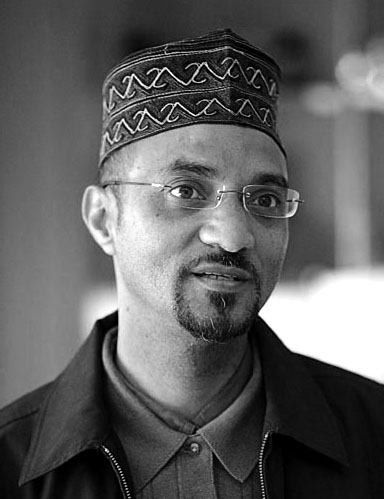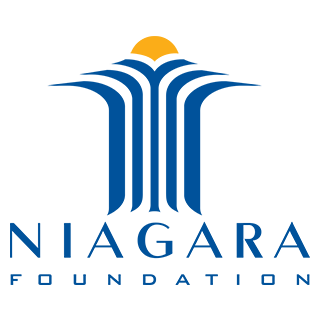Dr. Rashied Omar of the Kroc Institute for International Peace Studies at the University of Notre Dame will be speaking at the Chicago Interfaith Gathering during the morning conversation on February 3rd. We are very excited to have Mr. Omar as a speaker. His research focuses on the roots of religious violence and potential of religion for constructive social engagement and interreligious peacebuilding, specifically on the Islamic ethics of war and peace and interreligious dialogue.
– Eleanor Peck, Director of Communications and Member Relations (special thanks to our new writing and reporting intern, Megan Deppen, for assisting with the interview research).

As a preview of his talk next month, I spoke to Mr. Omar via phone:
Eleanor: How did you hear about the Niagara Foundation, and what lead you to speak at the Chicago Interfaith Gathering?
Dr. Omar: I have been receiving a number of the invitations over the past few years and I’ve been very impressed by the interreligious programs that they organize, so I was really excited to receive an invitation and I readily accepted it.
Eleanor: Thank you! What aspects of the Niagara mission speak to you most?
Dr. Omar: The interreligious outreach and the promotion of good relations between various religious communities.
Eleanor: In your article “Critical Challenges in Interfaith Dialogue,” you argue that there is an important difference between plurality and pluralism and even deeper than that, intrinsic and extrinsic religious pluralism. Can you explain these differences?
Dr. Omar: I think plurality is just the demography. If you have demography in which there are significant numbers of people following different faiths, then that’s plurality, but pluralism is actually working with that plurality so people can build bridges across communities. It is working with an existing reality of plurality. I would say it’s a theological disposition of reaching out to the other. So, that is what I call pluralism.
Now, you may have an extrinsic reason for reaching out to the other, for example you may have extremism or working together to mitigate drug abuse, or whatever. But I do think that a deeper interfaith commitment is when there is an intrinsic motivation for interreligious dialogue, or for reaching out to the other coming from within the faith commitment. Even if there are no external challenges, does it then mean that we don’t have any reason to reach out to each other?
The reason needs to come from within our theologies, from within our commitment to God. It should be what God expects of us, even in situations of peace. People can get into interfaith dialogue through extrinsic motivations, but as they go along, they need to find theological motivations or motivations from religious texts and symbols to reach out and embrace the other.
Eleanor: What experiences have you had with the interfaith community in South Africa that have made you believe in its role in peacebuilding?
Dr. Omar: Well I have a long history in interreligious dialogue, as you know in SA we had this awful evil system of apartheid, which discriminated against people on the basis of the pigmentation of their skin. In resisting that evil, people from different faiths found solace in each other, worked together in solidarity together to rid SA of the evil of apartheid. It was an extrinsic reason for getting to interreligious dialogue, but as the years grew, this transformed me completely, to look towards more inner, intrinsic reasons for interreligious dialogue.
So in 1999 I chaired the Capetown parliament of the world’s religions, which as you know comes out of Chicago.
Eleanor: In the same article, you write that one of the main challenges in interfaith dialogue is the sustainability of pluralism. This is something that we here at Niagara are constantly grappling with ourselves. Can you explain what steps you believe are necessary for religious pluralism to maintain sustainability?
Dr. Omar: Yeah, I think it’s a difficult and hard task, and we need to be at it all the time. I think the best way is to reach out to young people. Young people live at the edges of society, they are open to new ideas, they have a longer longevity. There have been good attempts in the interreligious movement to reach out to young people. But more energies and efforts need to be expended to that very critical segment of society, our youth.

